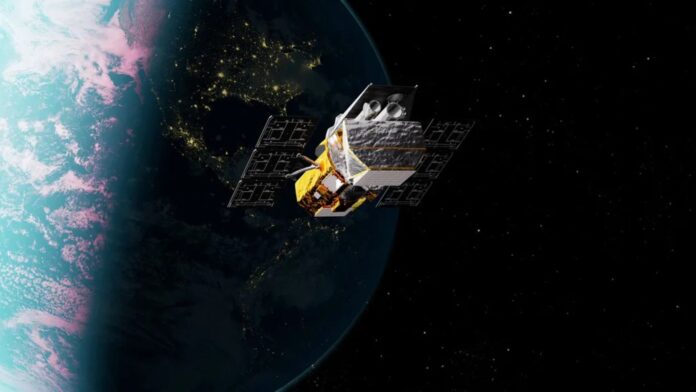NASA is funding a groundbreaking private mission to save its aging Neil Gehrels Swift Observatory, a space telescope facing imminent orbital decay. The mission, contracted to Arizona-based Katalyst Space Technologies, will use an unconventional approach: launching a robotic spacecraft on a Pegasus rocket dropped from an airplane in June 2026. This marks the first attempt to capture and reposition an uncrewed U.S. government satellite in orbit.
The Problem: A Dying Telescope
Launched in 2004, Swift has spent two decades studying powerful gamma-ray bursts, the most energetic explosions in the universe. However, its orbit has steadily deteriorated due to atmospheric drag, falling from an initial 600 kilometers to 400 kilometers. Without intervention, the $500 million observatory will crash back to Earth by late 2026, as no replacement mission is planned.
This situation highlights a growing issue: many valuable satellites eventually succumb to orbital decay without a clear end-of-life strategy. The urgency stems from the scientific value of Swift’s continued observations and the lack of immediate alternatives.
The Solution: An Air-Launched Rescue
Katalyst’s approach bypasses traditional, lengthy mission development cycles by leveraging existing hardware and a rapid timeline. The Pegasus XL rocket, built by Northrop Grumman, will be dropped from an L-1011 Stargazer aircraft at 12,000 meters, enabling a cost-effective launch.
The spacecraft, weighing 350 kg, will rendezvous with Swift, inspect it, and then use three robotic arms to capture the telescope. This is a delicate operation, as Swift was not designed for servicing and its sensitive optics must be protected from light exposure during the capture. Katalyst has been studying old photos of the telescope to identify safe capture points.
Historic First: The Implications of Private Space Servicing
If successful, this mission will not only extend Swift’s lifespan but also demonstrate the viability of on-orbit satellite servicing by private companies. This opens doors for future missions, including life extension services for other satellites and more responsive orbital repairs.
Katalyst CEO Ghonhee Lee emphasizes that the speed of this mission — less than two years from contract award to launch — sets a new standard for responsiveness in space operations. The company plans to expand these capabilities with its Nexus spacecraft, targeting geostationary orbit in 2027.
“If we’re able to do this for NASA in just eight months, I do think that opens up a new set of responsive missions in the future,” says Katalyst VP of Technology Kieran Wilson.
The Swift rescue is a pivotal test case. If successful, it will not only save a valuable scientific asset but also pave the way for a new era of private-sector orbital servicing, reshaping how satellites are maintained and extended in the decades to come.


































